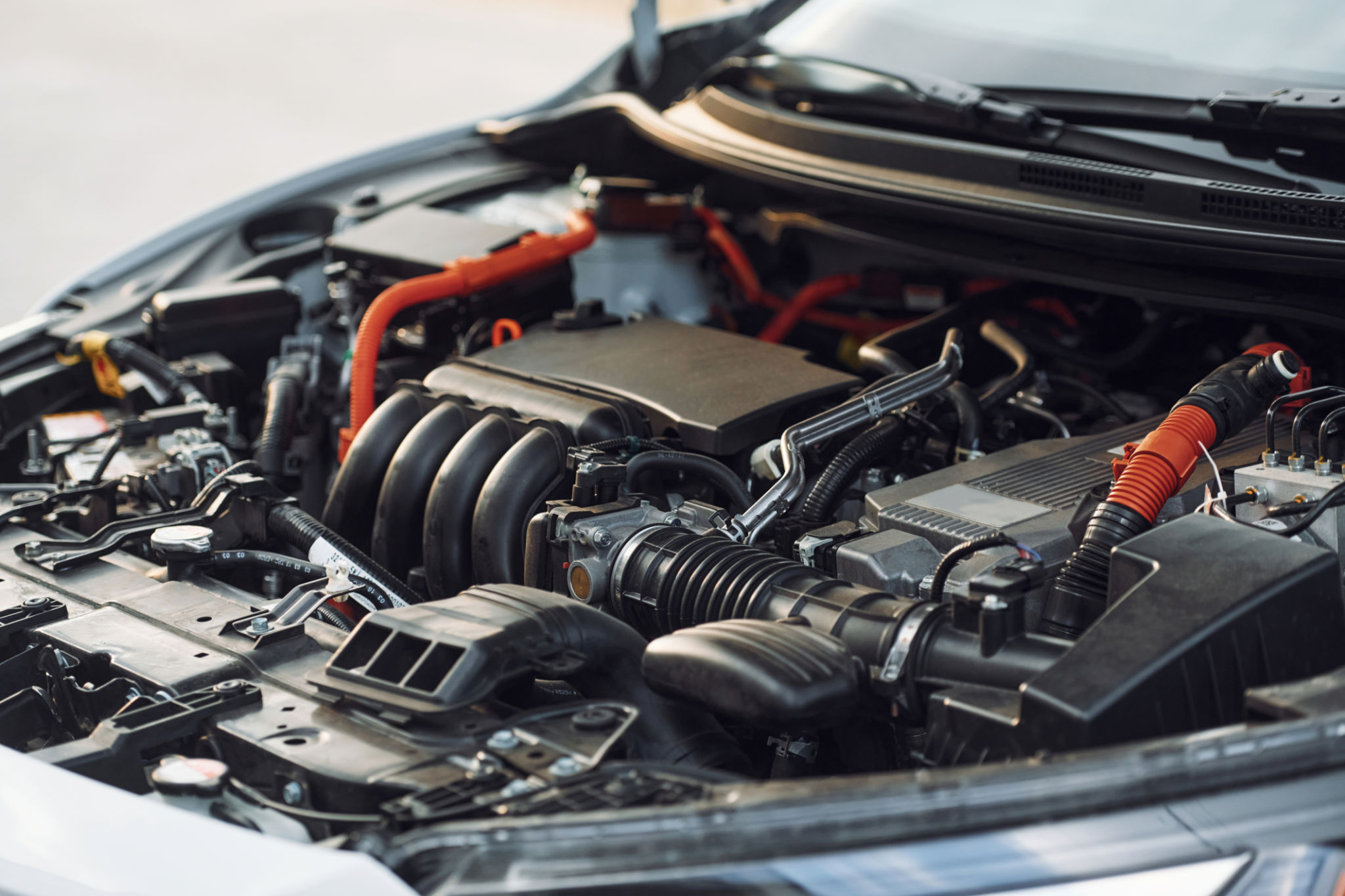Electric System Diagnostics: Solving Common Car Electrical Problems
Understanding the Basics of Car Electrical Systems
The electrical system in your car is a complex network that powers everything from the ignition to the lighting. Understanding its basics can help you diagnose and solve common electrical problems. The core components of this system include the battery, alternator, and a series of wires and fuses. Each plays a crucial role in your vehicle's overall performance.
The battery provides the initial power needed to start your car. Once the engine is running, the alternator takes over, keeping the battery charged and ensuring all electrical components receive power. Any disruption in this flow can lead to a variety of issues, from dim headlights to a car that won't start.

Identifying Common Electrical Problems
Car electrical issues often manifest in predictable ways. Some of the most common problems include:
- Dead Battery: A common issue, especially in colder climates where batteries work harder.
- Faulty Alternator: Signs include dim lights, a dead battery, or an unusual smell.
- Blown Fuses: Can cause specific electrical components to malfunction.
Diagnosing these problems at their onset can save you time and money. For instance, if your headlights are dimming, it might be an indicator of a failing alternator or a battery that needs replacement.
Using Diagnostic Tools
Advancements in technology have made diagnosing car electrical problems easier than ever. OBD-II scanners provide comprehensive diagnostics by reading error codes from your car's onboard computer. This tool can pinpoint issues, allowing you to address them before they escalate.
For more hands-on troubleshooting, a multimeter can be used to check battery voltage and continuity in wires. Ensuring connections are secure can prevent many electrical failures.

DIY Solutions for Minor Issues
If you're experiencing minor electrical issues, there are several DIY solutions you can try. For instance, cleaning corroded battery terminals with a mixture of baking soda and water can improve connectivity. Additionally, checking and replacing blown fuses is a straightforward task that can resolve many problems.
Always ensure your car is off before attempting any DIY repairs. For safety, wear gloves and eye protection when working with electrical components.
When to Seek Professional Help
While many minor issues can be handled at home, some problems require professional attention. If your car frequently stalls or if you notice a burning smell, it's best to consult a professional mechanic. These symptoms might indicate more serious issues that require specialized equipment and expertise to resolve.

Preventive Measures to Avoid Future Issues
Regular maintenance is key to preventing electrical problems. This includes routine battery checks, ensuring all lights are functioning correctly, and having your alternator tested periodically. Keeping your car's electrical system in good shape not only enhances performance but also extends the lifespan of your vehicle.
In addition to regular checks, consider investing in quality components when replacements are needed. High-quality batteries and alternators often come with warranties that provide peace of mind.
Conclusion
Understanding your car's electrical system and knowing how to diagnose common issues can save you from unexpected breakdowns and costly repairs. Whether you're tackling minor problems on your own or seeking professional help for more complex issues, being informed is your best ally in maintaining a reliable vehicle.
By staying proactive with maintenance and addressing problems early, you can ensure your car remains safe and dependable for years to come.
